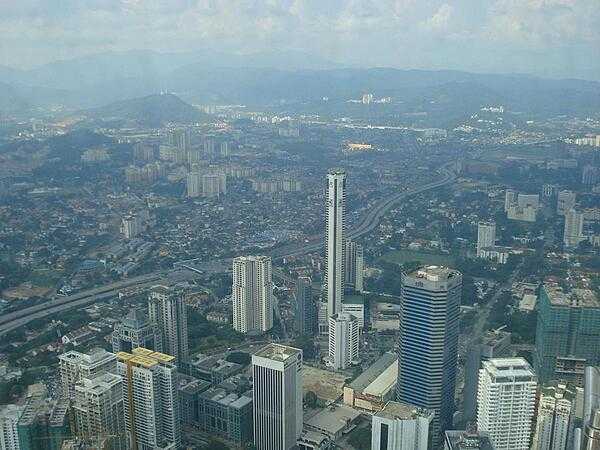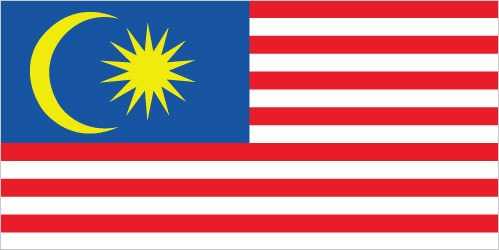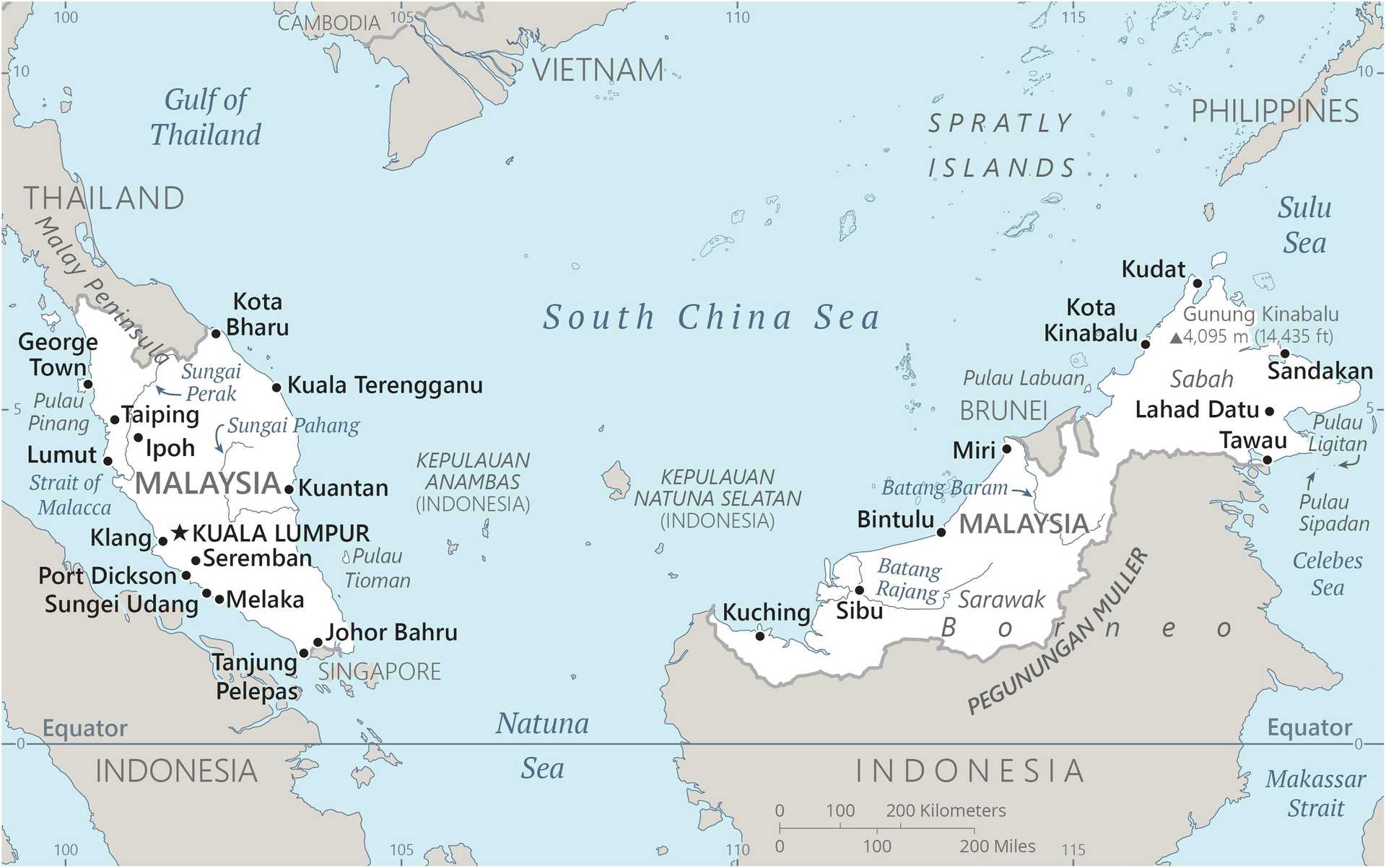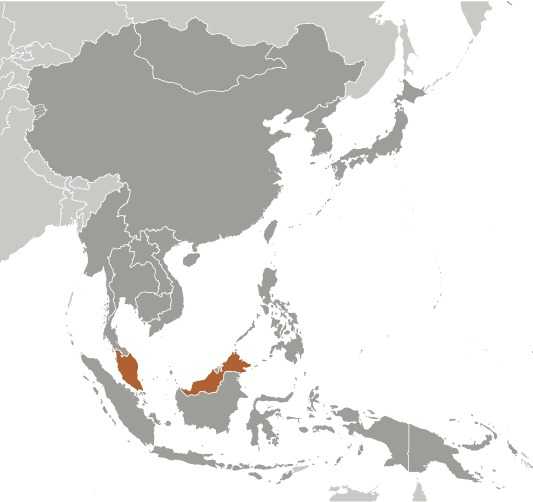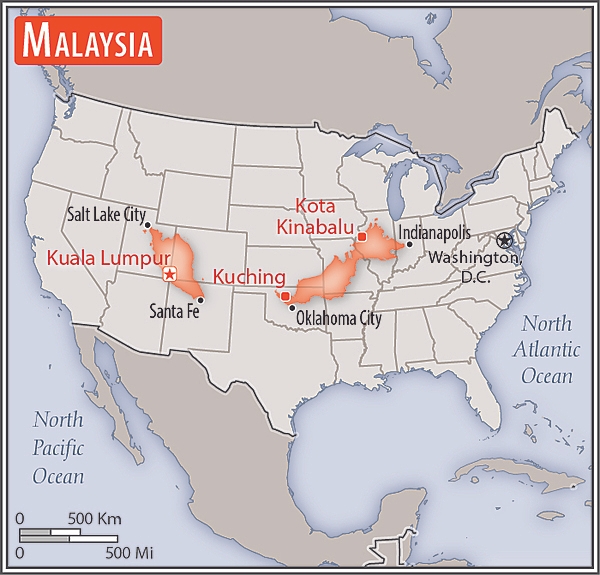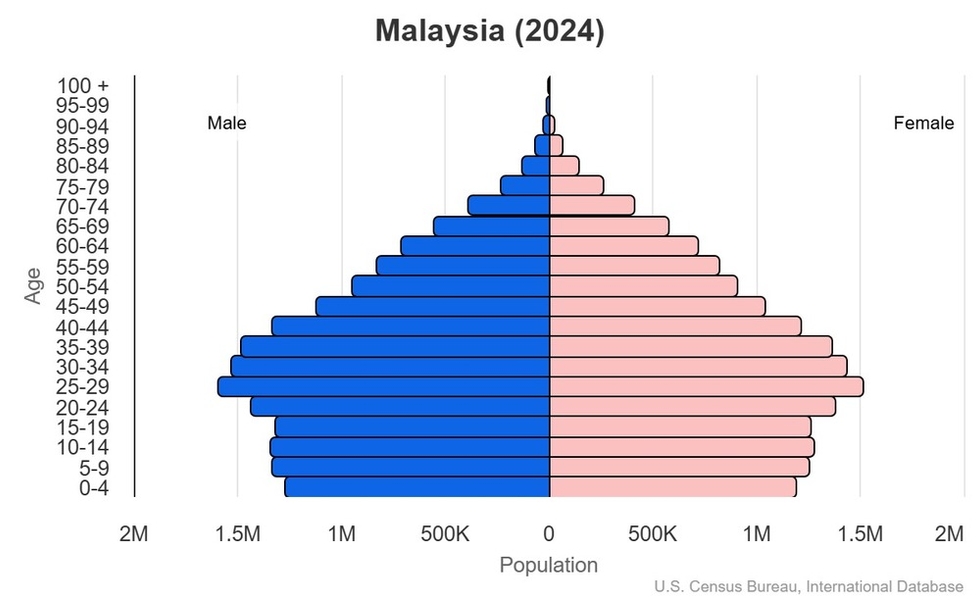Introduction
Visit the Definitions and Notes page to view a description of each topic.
Geography
People and Society
Population
comparison rankings: total 45; male 43; female 45
Languages
Median age
comparison ranking: total 122
Population growth rate
comparison ranking: 94
Birth rate
comparison ranking: 120
Death rate
comparison ranking: 166
Net migration rate
comparison ranking: 57
Maternal mortality ratio
comparison ranking: 119
Infant mortality rate
comparison ranking: total 164
Life expectancy at birth
comparison ranking: total population 106
Total fertility rate
comparison ranking: 156
Obesity - adult prevalence rate
comparison ranking: 125
Alcohol consumption per capita
comparison ranking: total 158
Tobacco use
comparison ranking: total 58
Children under the age of 5 years underweight
comparison ranking: 30
Education expenditure
comparison ranking: Education expenditure (% GDP) 130
Environment
Carbon dioxide emissions
comparison ranking: total emissions 26
Government
Economy
Real GDP (purchasing power parity)
comparison ranking: 30
Real GDP growth rate
comparison ranking: 36
Real GDP per capita
comparison ranking: 71
Inflation rate (consumer prices)
comparison ranking: 46
GDP - composition, by sector of origin
comparison rankings: agriculture 84; industry 30; services 128
Industrial production growth rate
comparison ranking: 47
Labor force
comparison ranking: 36
Unemployment rate
comparison ranking: 63
Youth unemployment rate (ages 15-24)
comparison ranking: total 100
Gini Index coefficient - distribution of family income
comparison ranking: 38
Public debt
comparison ranking: 65
Taxes and other revenues
comparison ranking: 109
Current account balance
comparison ranking: 28
Reserves of foreign exchange and gold
comparison ranking: 25
Energy
Electricity
comparison rankings: installed generating capacity 34; consumption 24; exports 66; imports 114; transmission/distribution losses 185
Energy consumption per capita
comparison ranking: 39
Communications
Telephones - fixed lines
comparison ranking: total subscriptions 20
Telephones - mobile cellular
comparison ranking: total subscriptions 37
Broadband - fixed subscriptions
comparison ranking: total 37
Transportation
Merchant marine
comparison ranking: total 16
